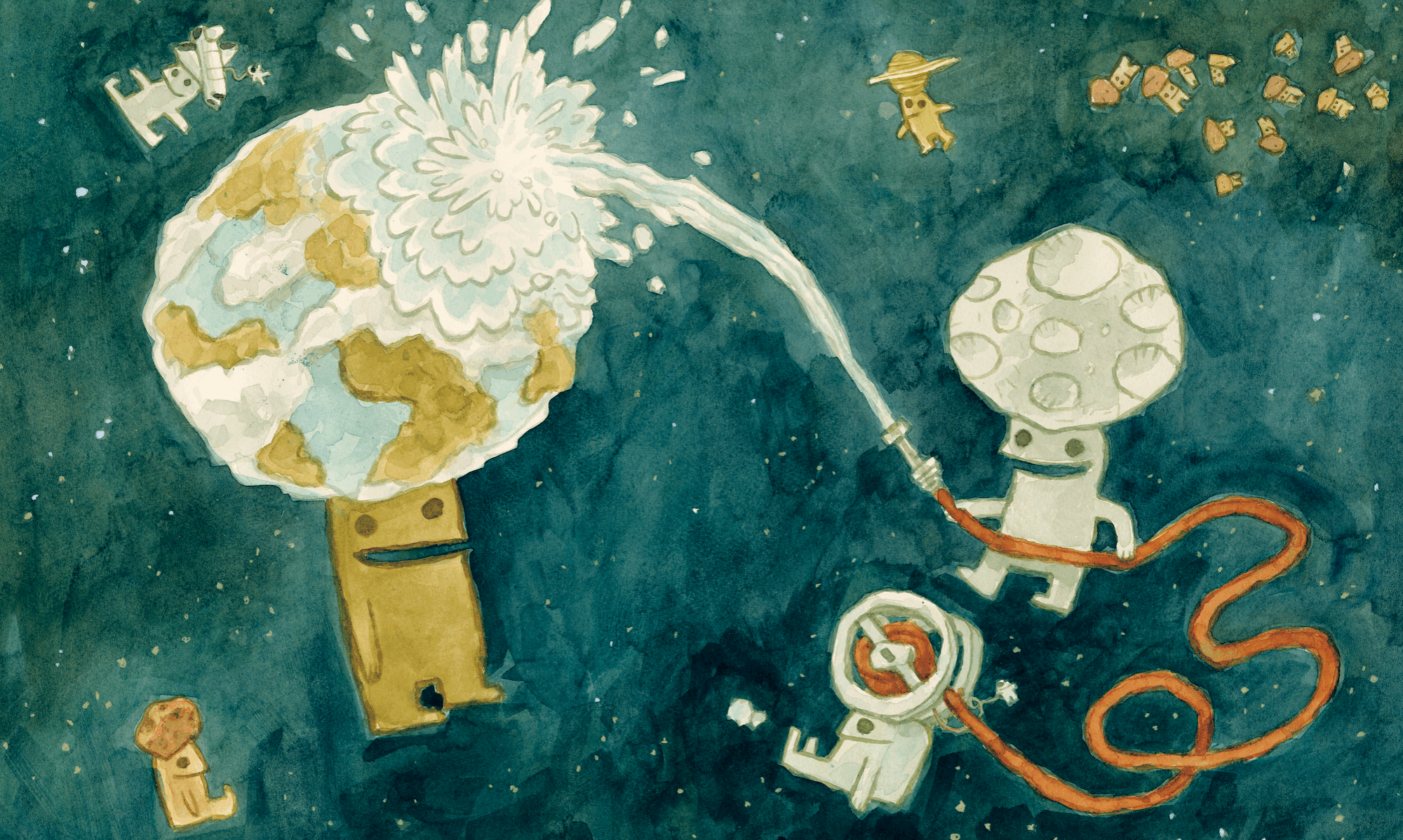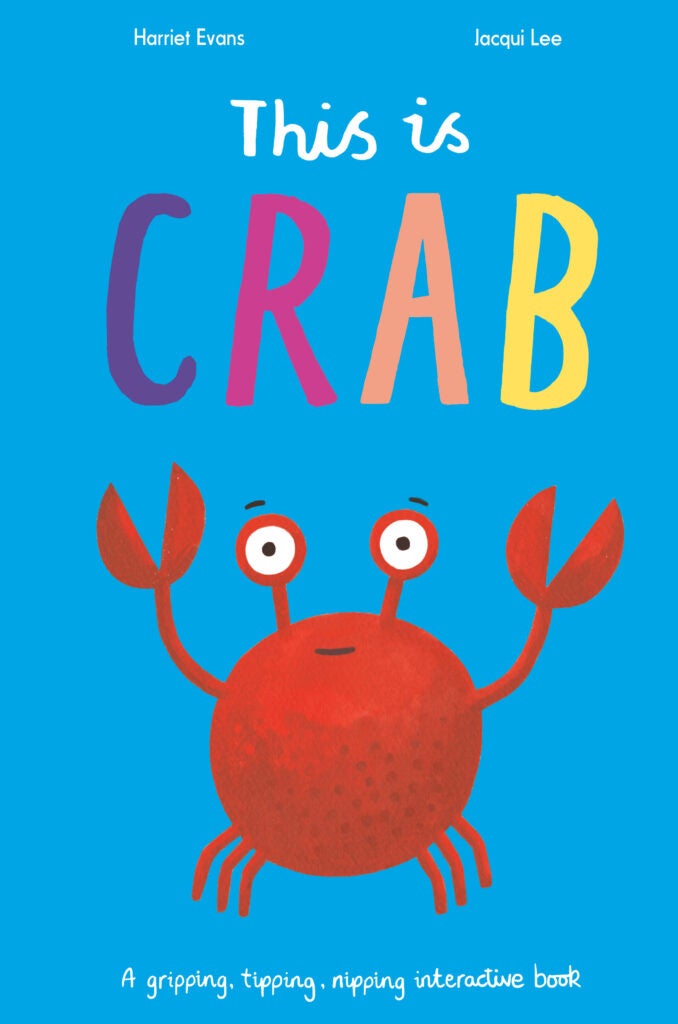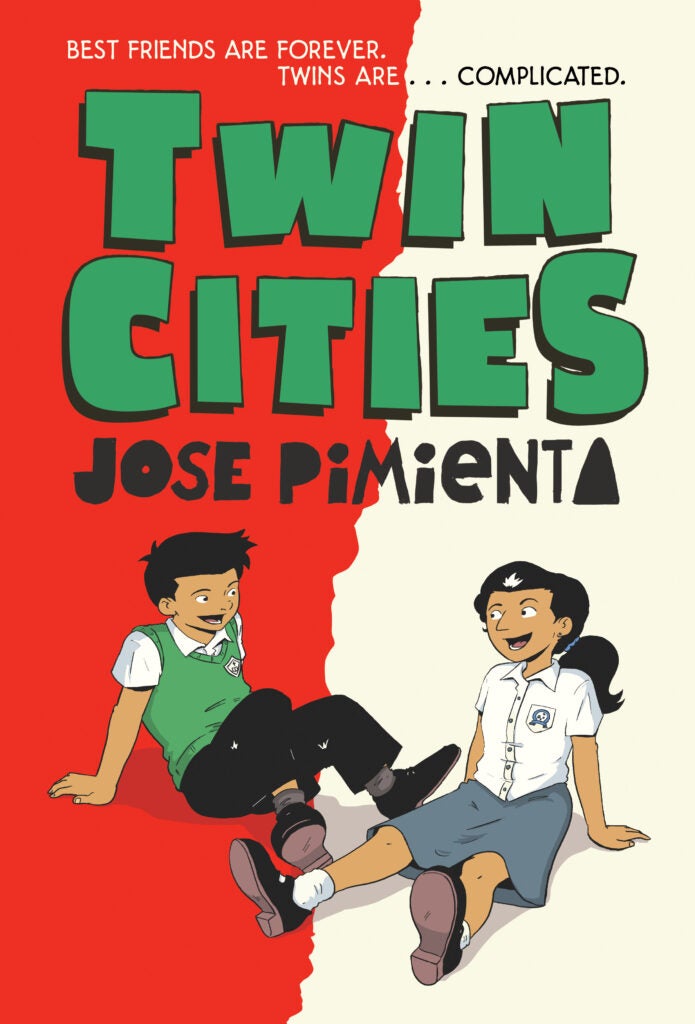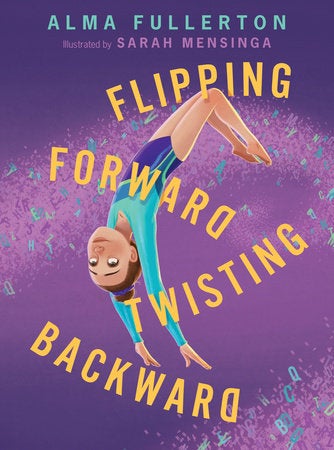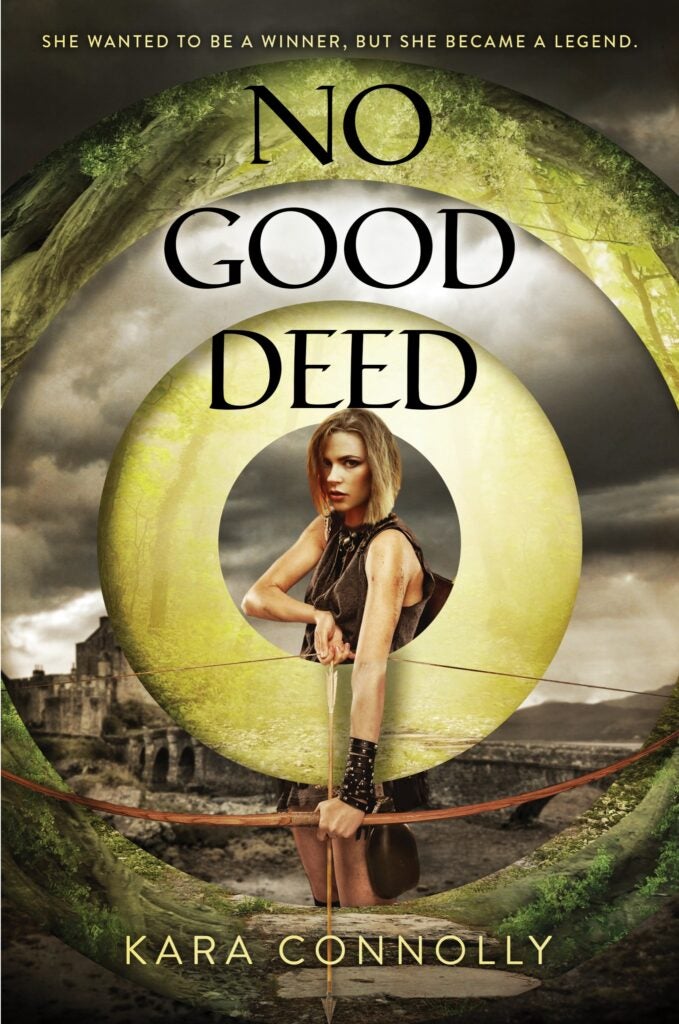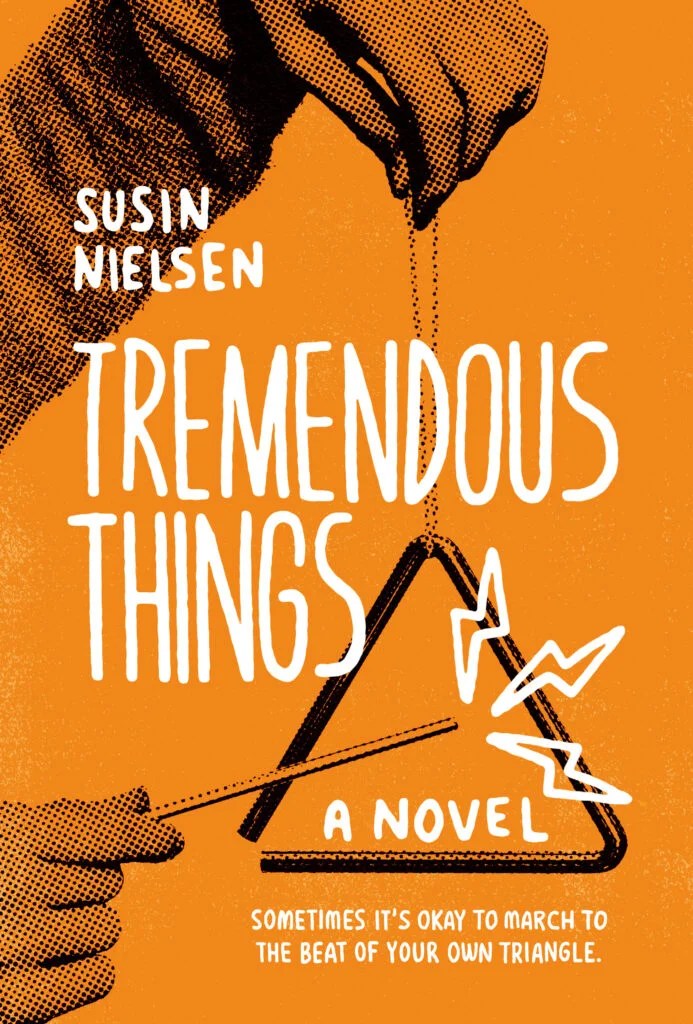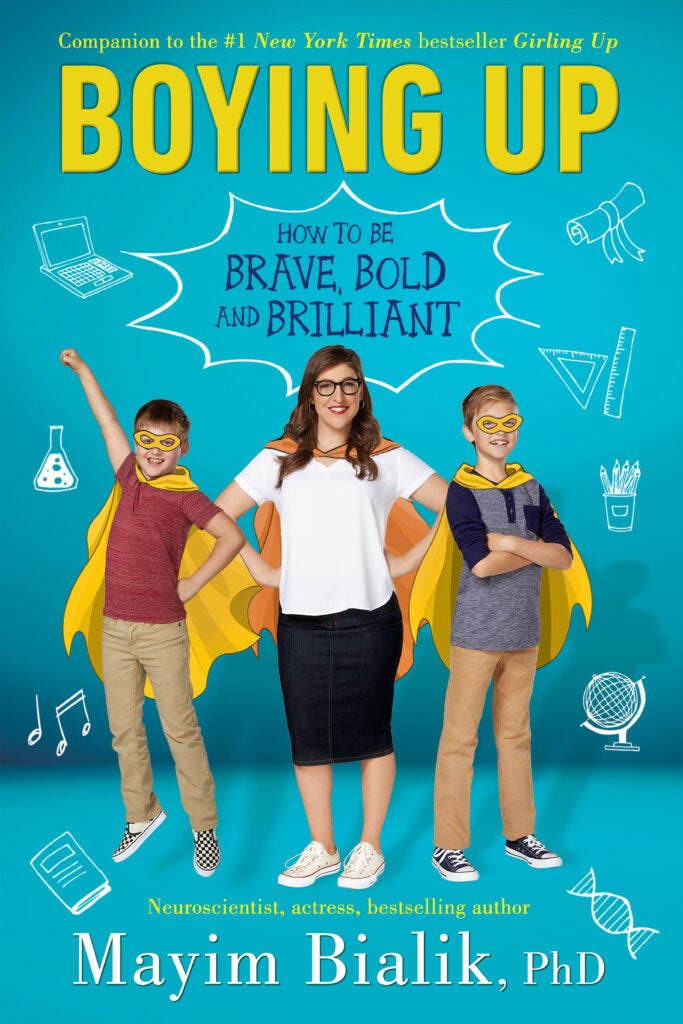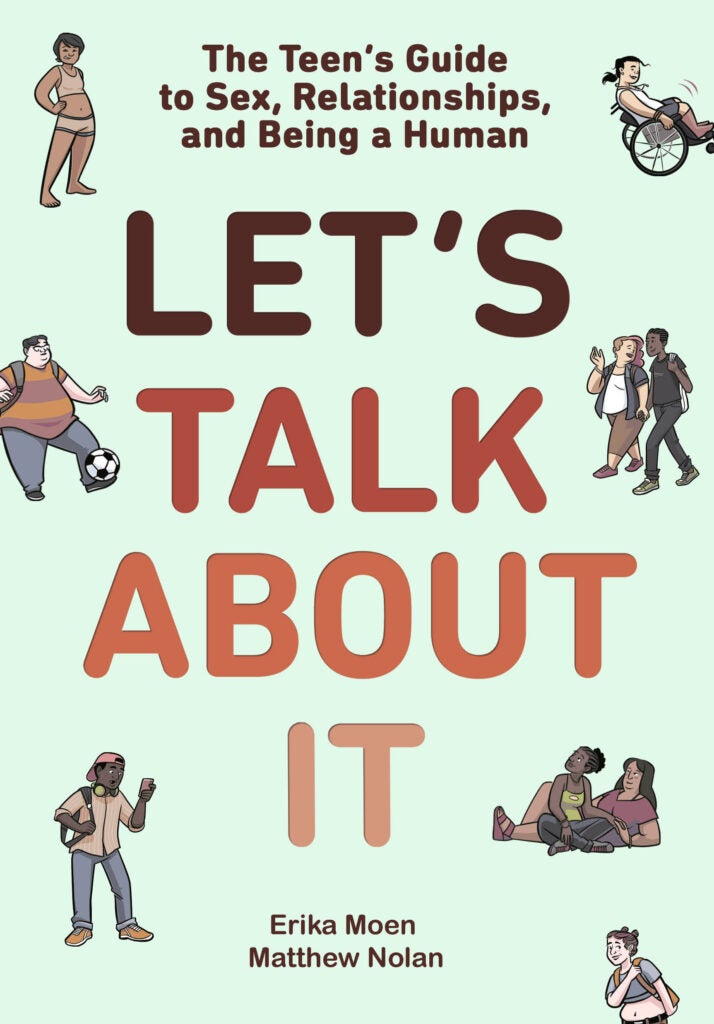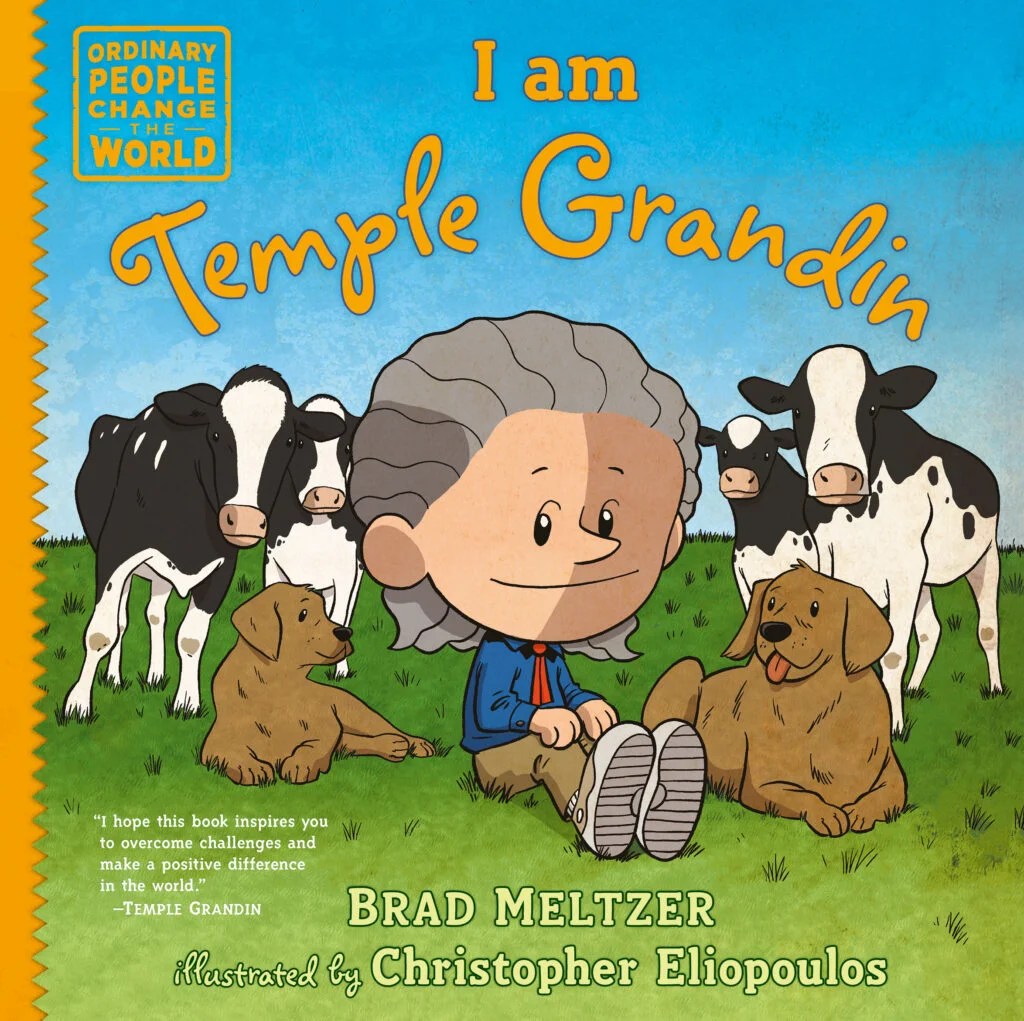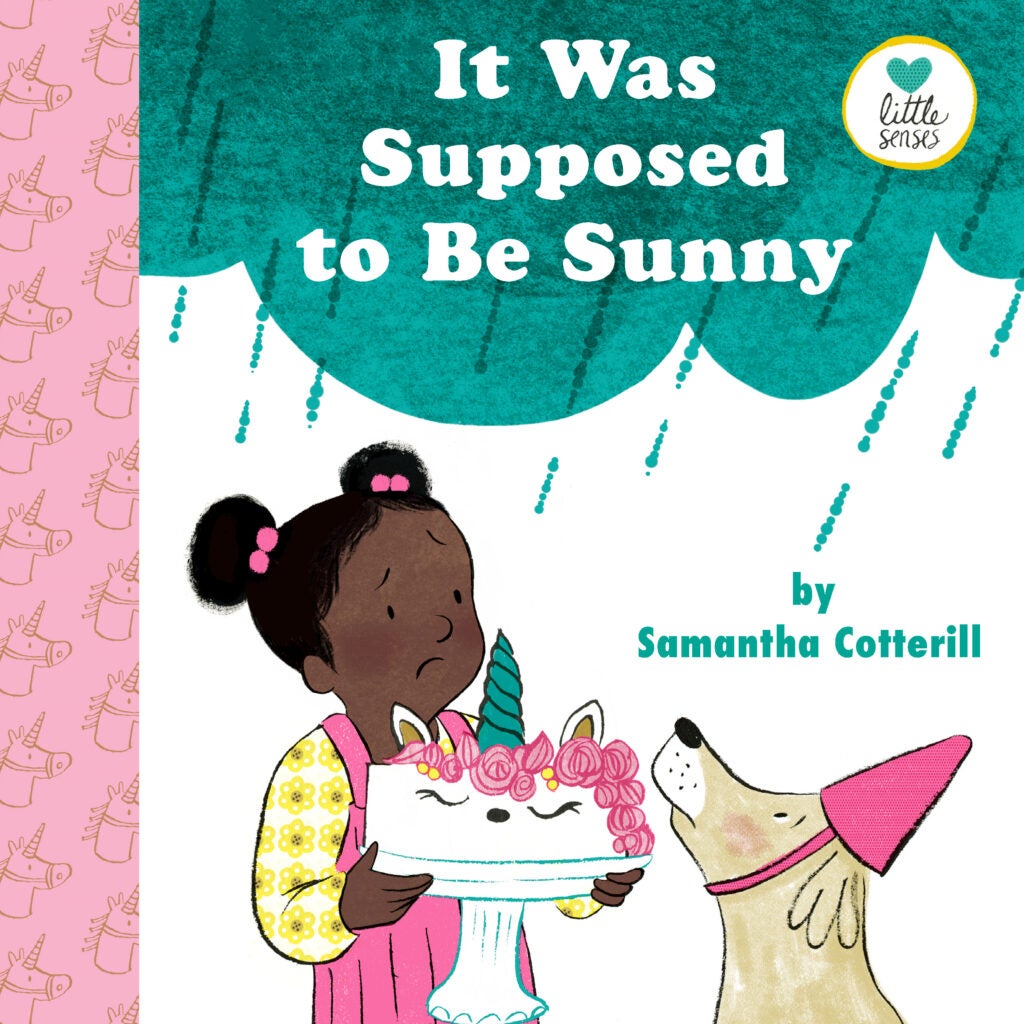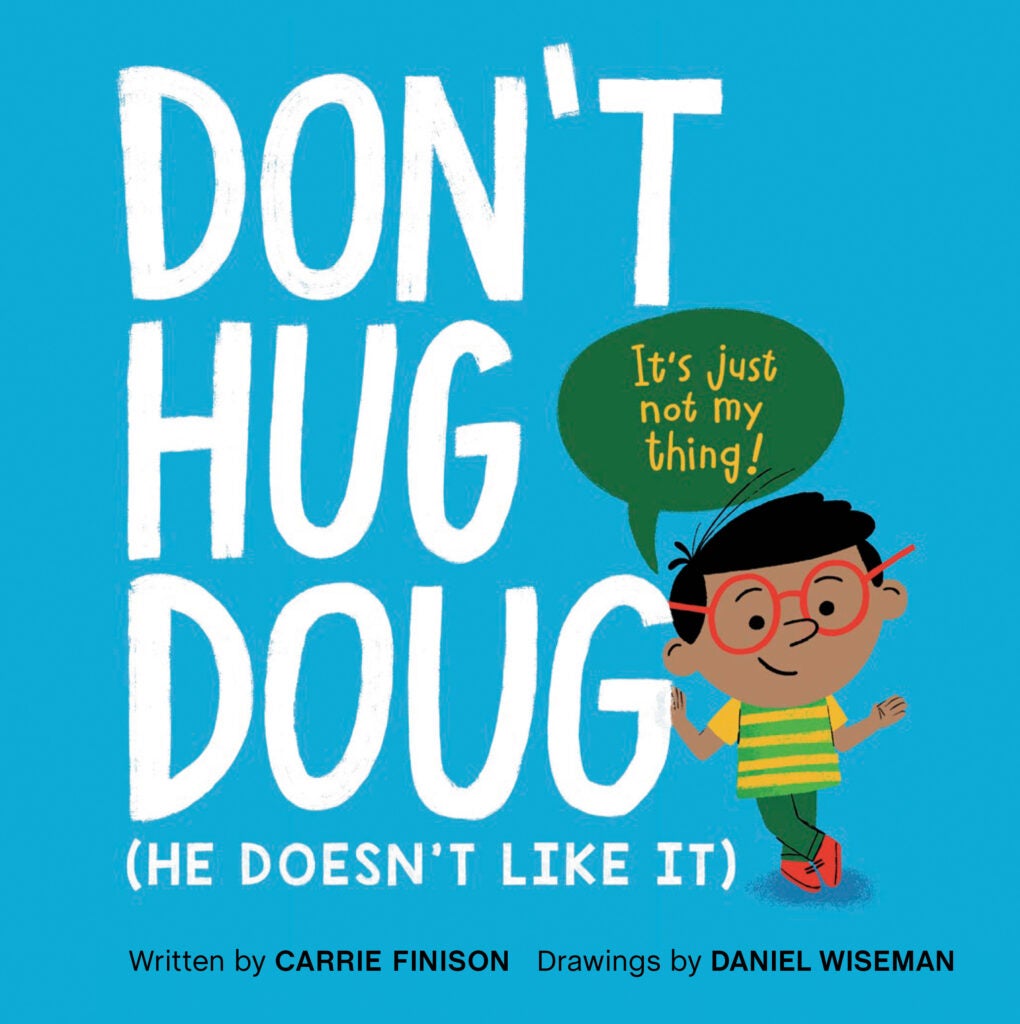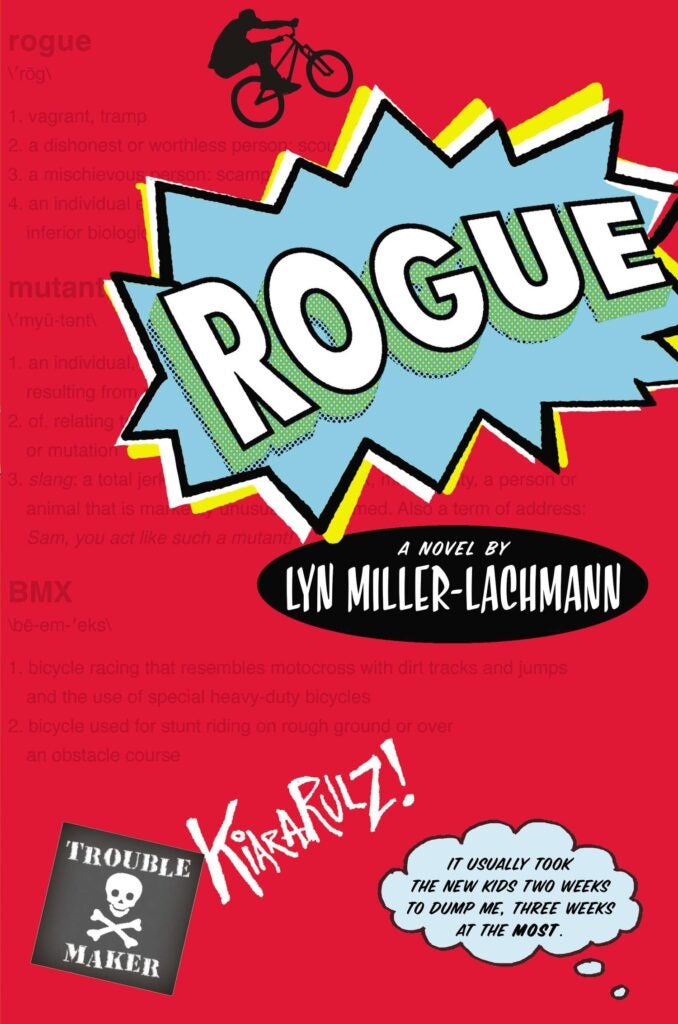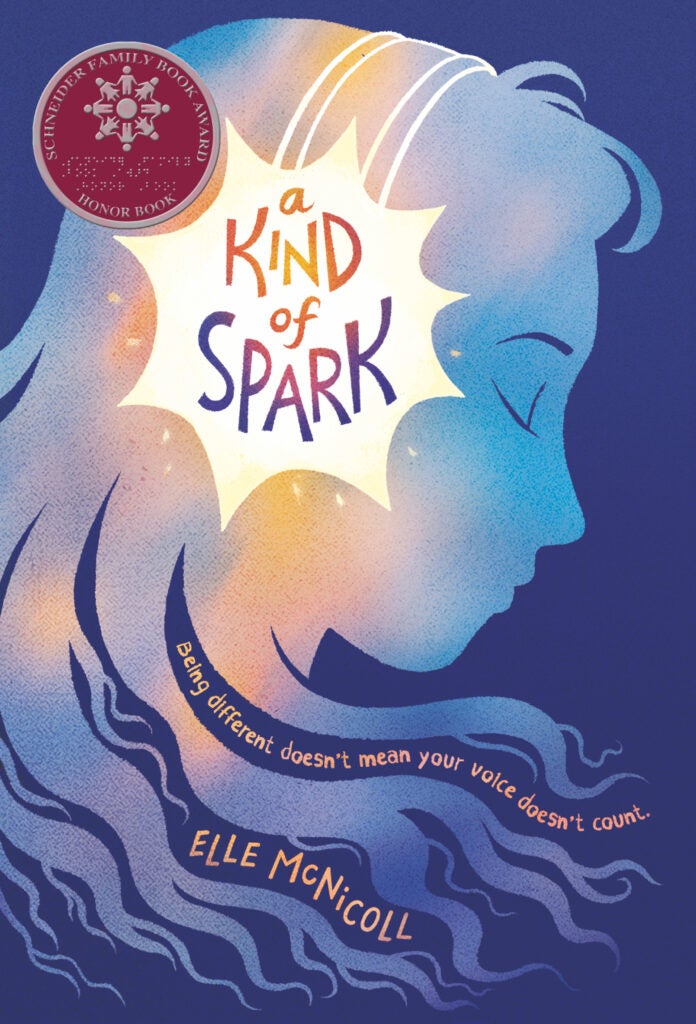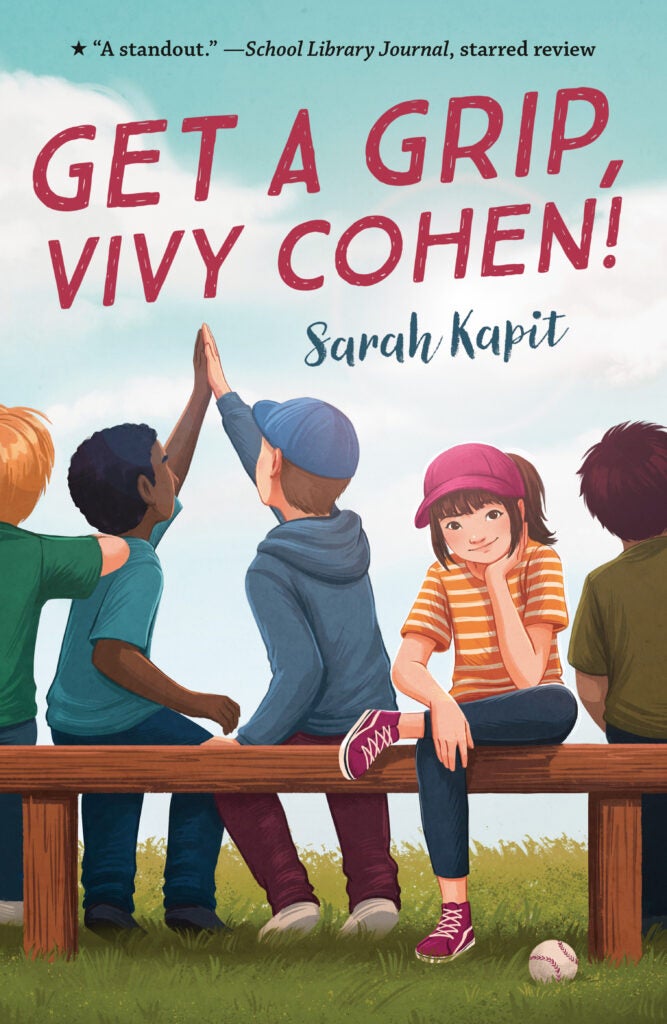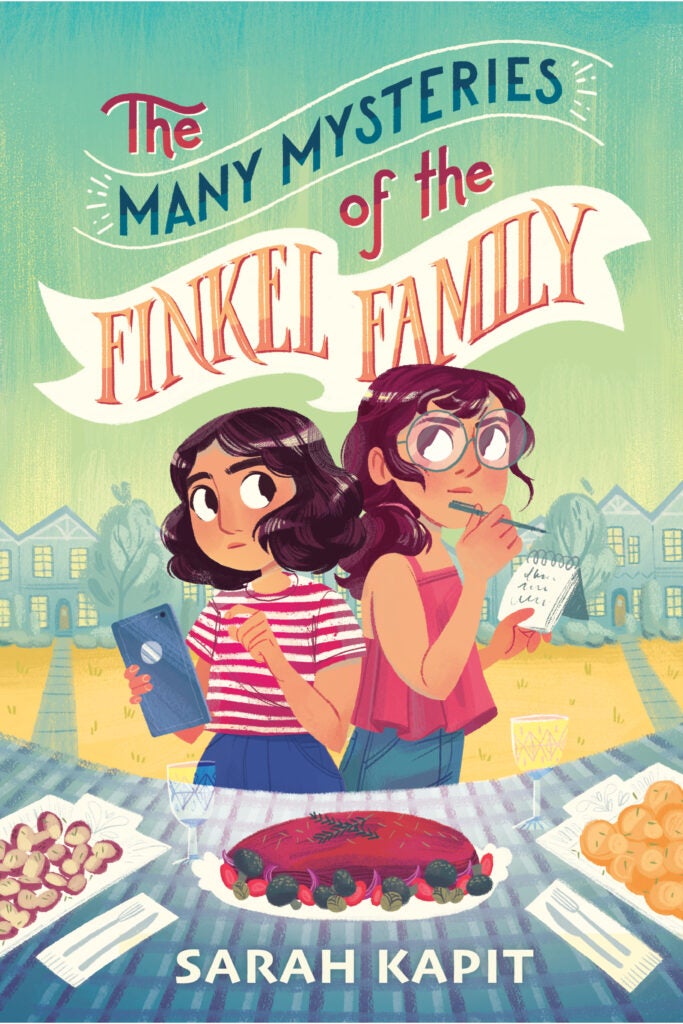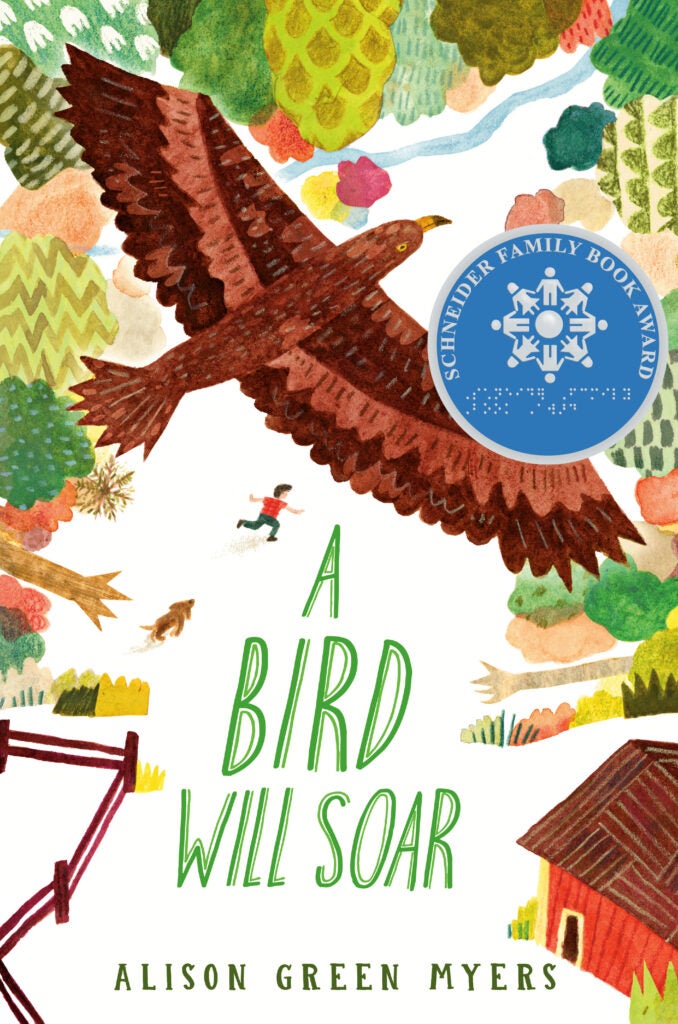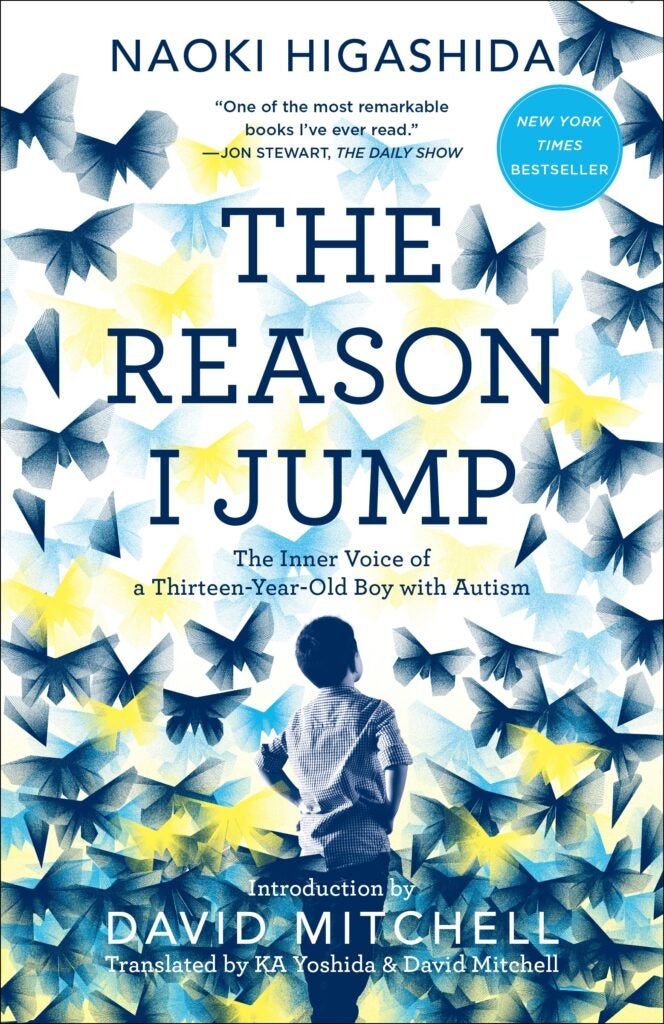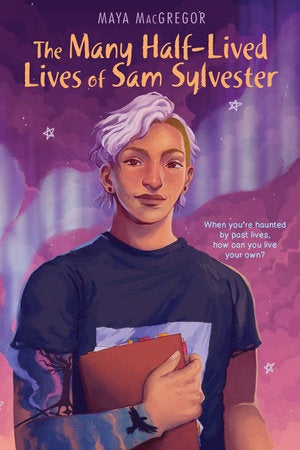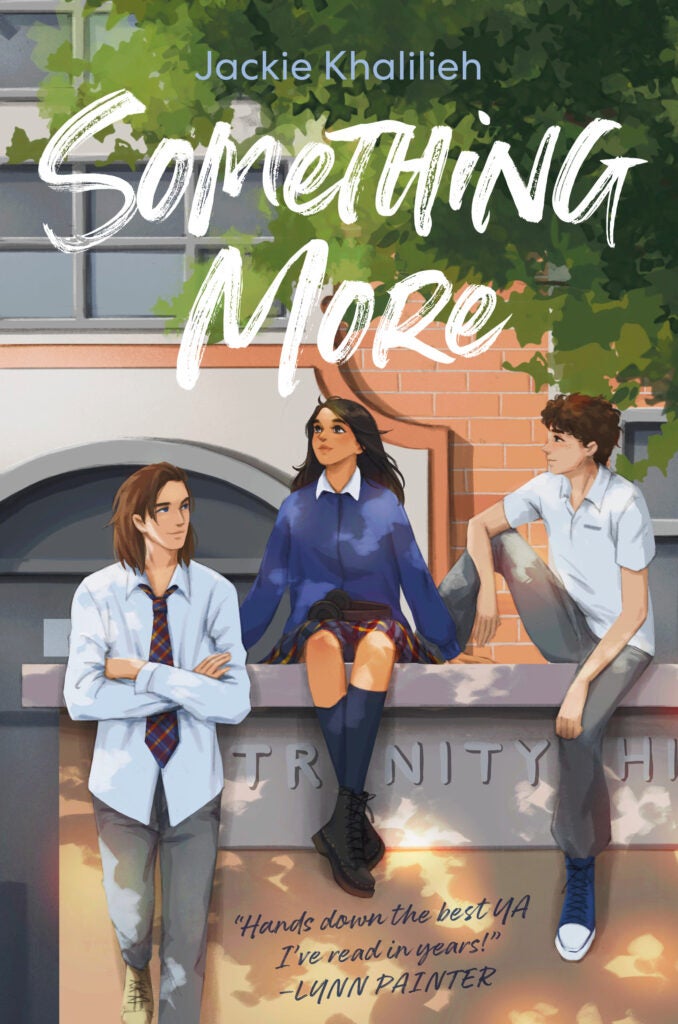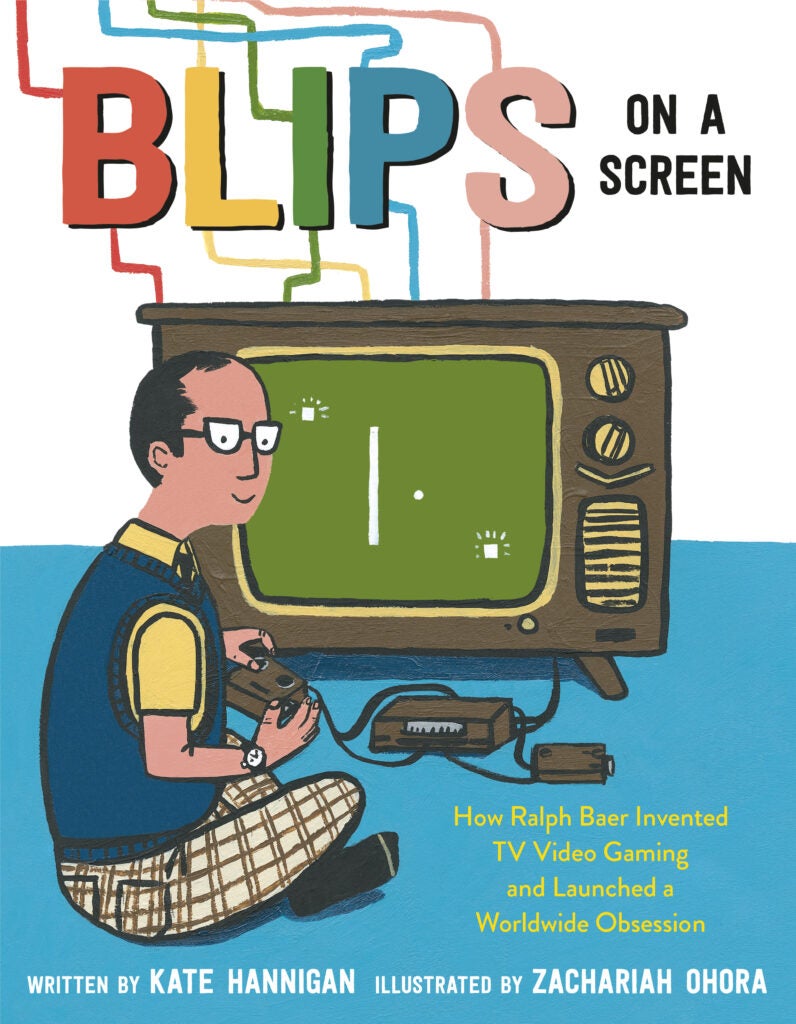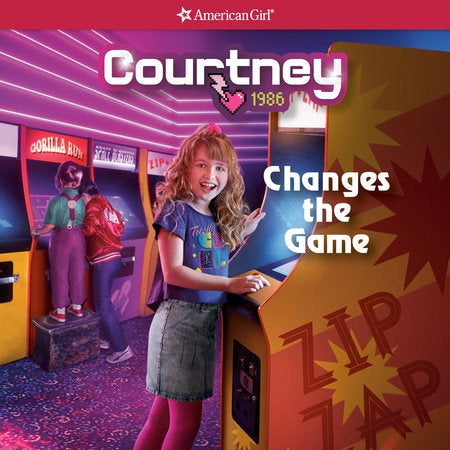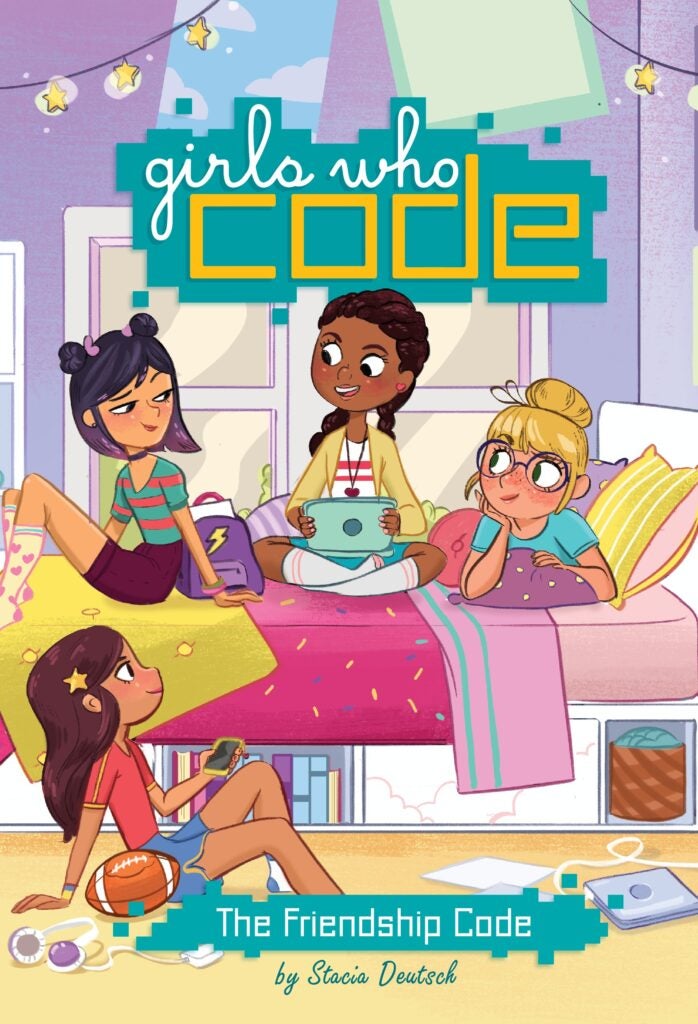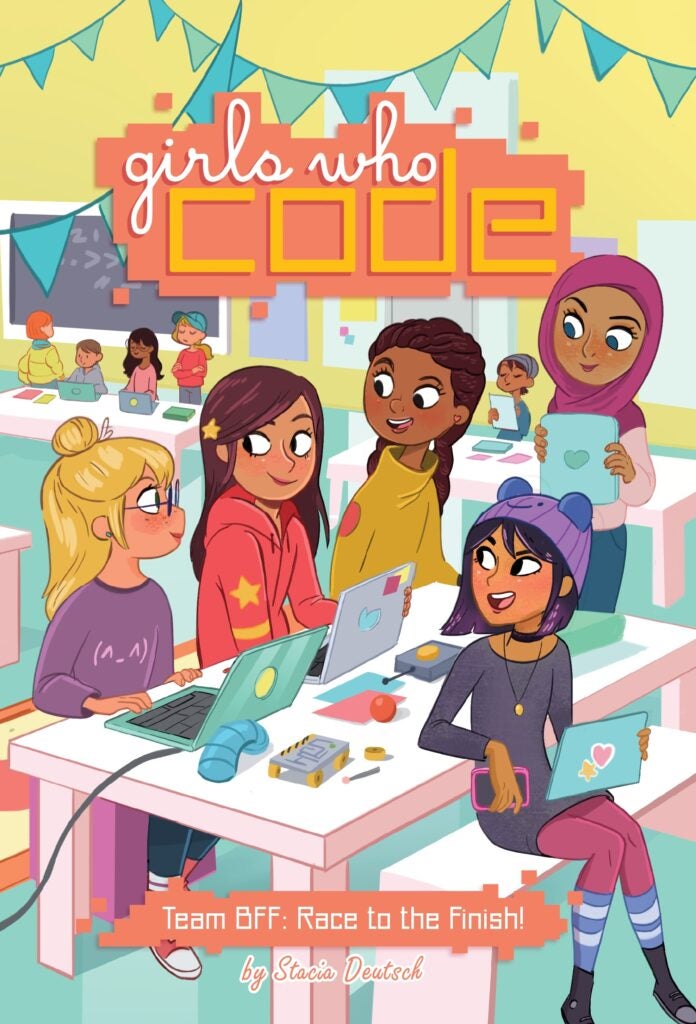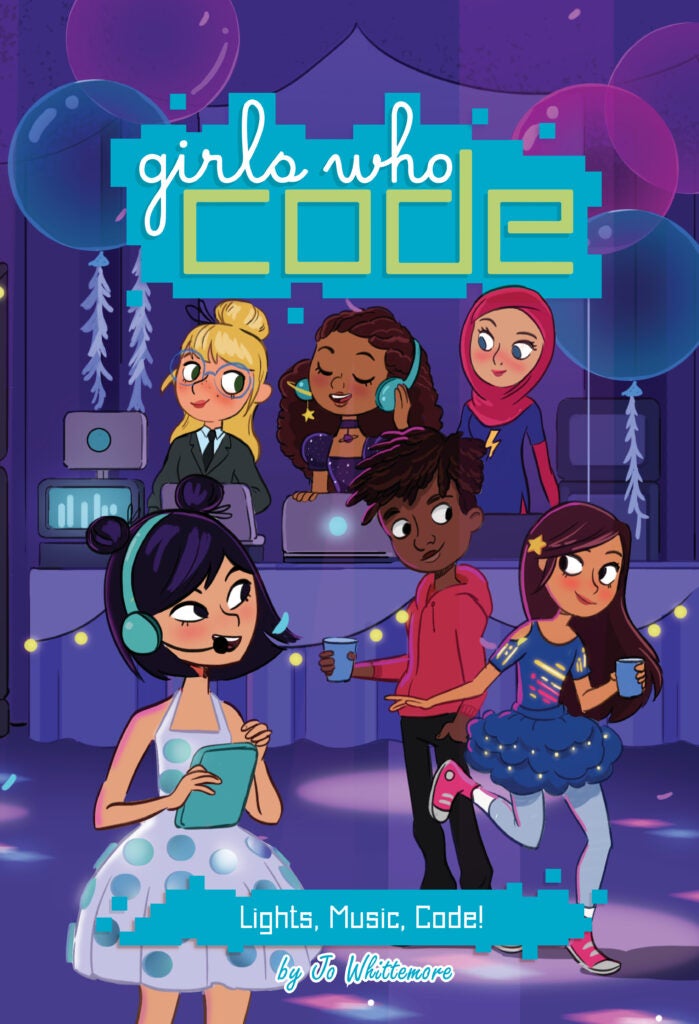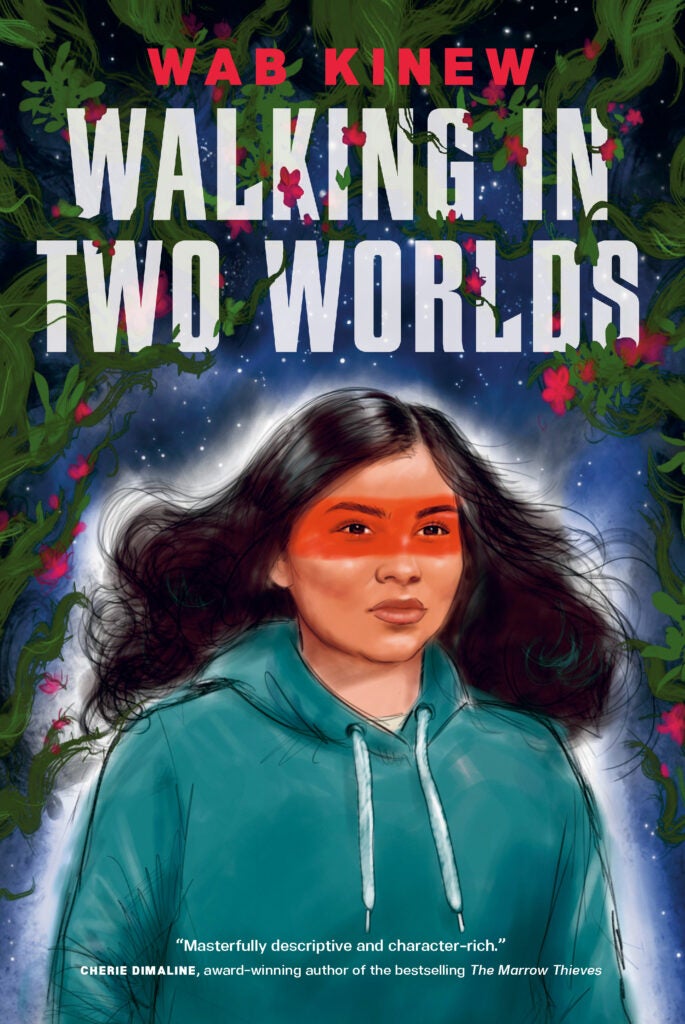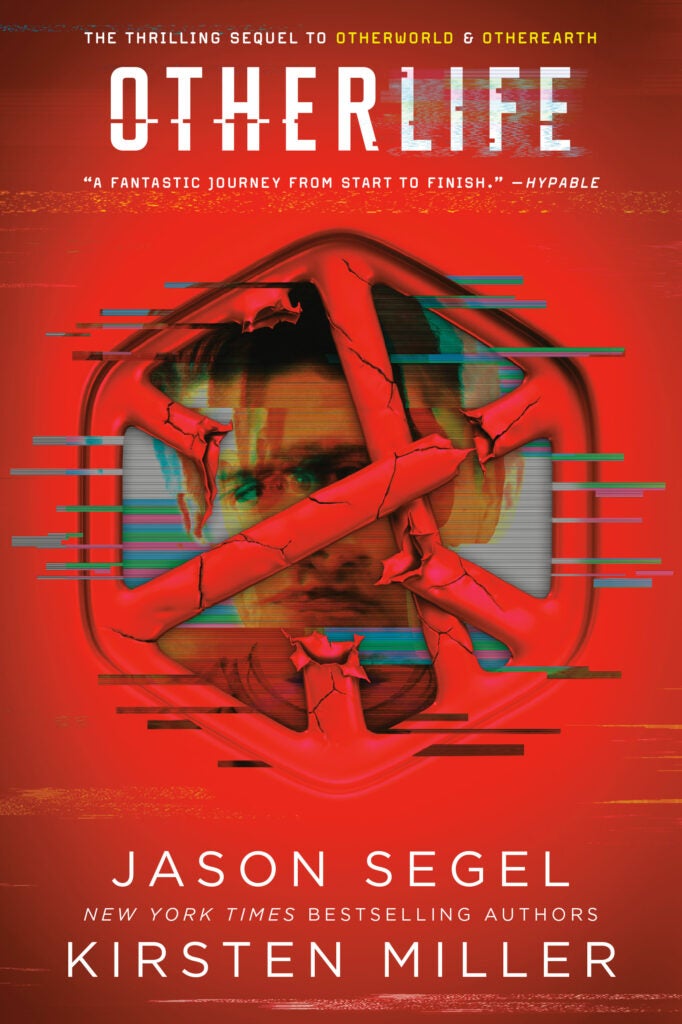Hello, and thanks for joining us at Tundra Telegram, the column where we take subjects racing through readers’ minds and fueling the social conversation and peddle a few associated books to kick your reading into high gear.
This Friday, the summer movie blockbuster season begins with the latest installment in America’s greatest crime/action soap opera in recent history: the Fast & Furious saga. Fast X will be in theatres everywhere this Friday, May 19, with newcomers like Jason Momoa, Brie Larson, and Rita Moreno (!) jumping into the series. The film serves as the tenth film in the high-octane series, and first part in a three-part finale. In it, Dominic Toretto (Vin Diesel) must protect his crew and family from Dante Reyes (Momoa), the son of drug lord Hernan Reyes, who is seeking revenge for the loss of his family’s fortune from the heist in Rio de Janeiro (way back in Fast Five!).
So, Fast X your seatbelts: here are the books for young readers we’d recommend for every member of the ride-or-die Fast family. We know they live their lives a quarter-mile at a time, but that doesn’t mean they’re necessarily speed-readers!
PICTURE BOOKS



Dominic Toretto: We all know there’s nothing more important to Dom (Vin Diesel) than family. Even if that family happens to be mostly unrelated drag racers and thieves. For atypical families, there’s no better book than Sean Dixon and Lily Snowden-Fine‘s The Family Tree, in which a school family tree assignment stymies young Ada, as she’s adopted, and she has a biological sister, but her sister has different adoptive parents – so where do they go on the tree? An ode to found and different families, The Family Tree has a lot in common with the Fast & Furious films.
Mia Toretto: As Dom’s sister and Brian O’Conner’s wife, Mia (Jordana Brewster) is often torn between the illegal activities of her brother’s crew and taking care of her growing family and kids. Wheels, No Wheels by Shannon McNeill accurately depicts both that dichotomy, and the need for speed Mia often shows, as adorable barnyard animals – on the hunt for some wheels – go for a joyride, causing havoc in their wake. Essentially, it’s The Fast and the Furious, as written by Old McDonald.
Brian O’Conner: Though Brian (portrayed by the late Paul Walker) has retired from the life, he has always been – at heart – a thrill-seeker, dedicated to taking risks and putting himself in danger, whether that’s in a street race or jumping out of a plane. That’s why we think he’d relate to the protagonist of Madame Saqui: Revolutionary Rope Dancer by Lisa Robinson and Rebecca Green. A picture book biography about the acrobatic tightrope walker who dazzled Paris during both the French Revolution and Napoleonic rule, it features Marguerite Lalanne (stage name: Madame Saqui), who took incredible risks, but due to her unparalleled skill, she never fell. Brian would look at the daredevil who kept her balance even in times of chaos and see a kindred spirit.
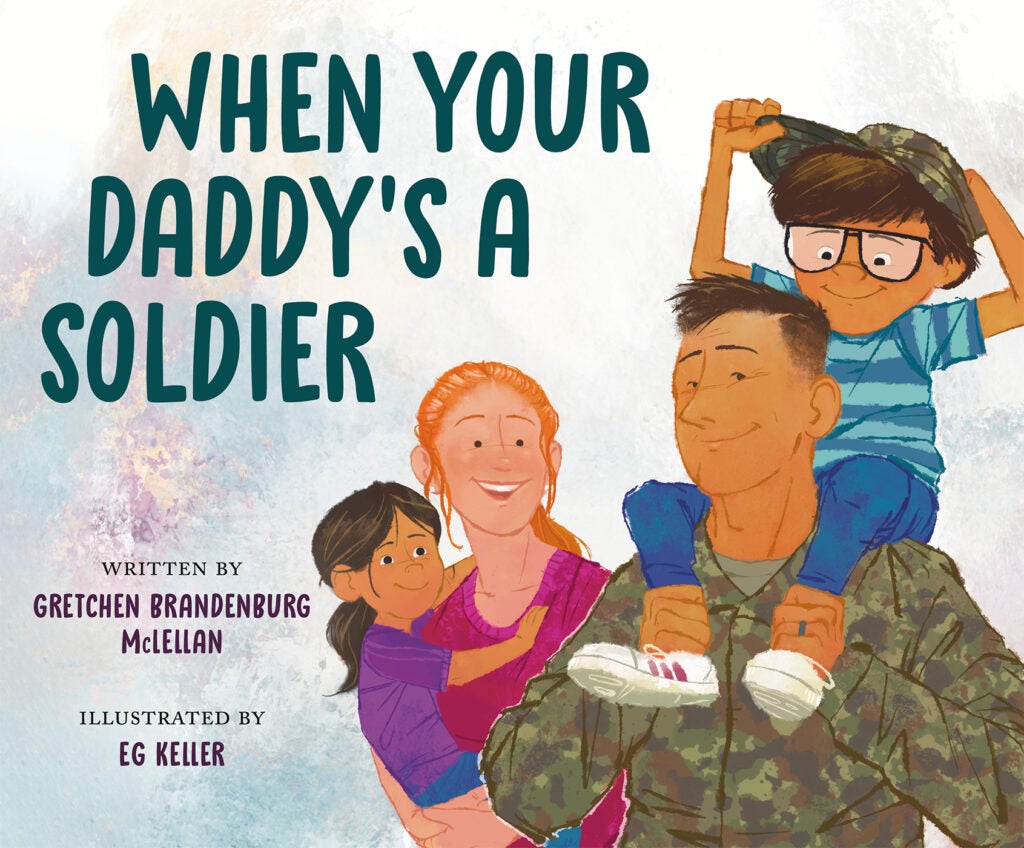


Luke Hobbs: Equally a decorated Diplomatic Security Service agent and a dedicated father, Hobbs (Dwayne ‘The Rock’ Johnson, who apparently makes a brief appearance in Fast X) would love When Your Daddy’s a Soldier by Gretchen Brandenburg McLellan and EG Keller. This is a moving story that captures the essence of the daily heartache, fear, joy, and uncertainty that a child experiences when their father serves in the military. And even though Hobbs’ adventures may involve rigging a series of trucks to helicopters with his Samoan brothers, he remains a daddy who is a soldier.
Abuela Toretto: Broadway legend Rita Moreno will enter the Fast family with Fast X as Abuela Toretto, Dom’s grandma and the matriarch of the Toretto group. Knowing very little about her character, we can safely recommend The Care and Keeping of Grandmas by Jennifer Mook-Sang and Yong Ling Kang. We’re not sure if Abuela Toretto moves in with the crew, but if she does, this book – which recognizes how discombobulating for all involved it can be when grandma moves in permanently – will be a gently humorous and helpful guide. (And who doesn’t want to take care of Rita Moreno!)
Tess: Brie Larson also joins the family in Fast X, as Tess, the daughter of Mr. Nobody (Kurt Russell), leader of a secret government agency called, well, The Agency. Again, we haven’t seen the movie, but we have seen Tess do some sick motorcycle tricks in the trailer (like this one), so we’ll recommend her Isabel Quintero and Zeke Peña‘s My Papi Has a Motorcycle. Tess will surely see parallels in Daisy Ramona, a girl who loves riding with her taciturn dad on his motorcycle (even if the stuff about a changing immigrant neighborhood doesn’t hit home in the same fashion).
CHAPTER BOOKS & MIDDLE GRADE


Jakob Toretto: Dom and Mia’s forgotten brother was exiled from his family for allegedly causing the crash that killed their father, but comes back as a thorn in the Fast family’s side in Fast 9. It might seem obvious to suggest Elbow Grease to Jakob, as he’s portrayed by former WWE superstar and author of that very picture book, John Cena. But instead, we’re going to recommend David Levithan‘s middle-grade novel The Mysterious Disappearance of Aidan S. (as told to his brother), as it also features a brother who disappears, then reappears, and has a story that’s impossible to believe. But Lucas (the Dom in his scenario) learns that sometimes family is about believing the impossible.
Ramsey: The computer hacker who created panopticon-like device God’s Eye and later joins the family, Ramsey (Nathalie Emmanuel) would enjoy reading Maya and the Robot by Eve L. Ewing and Christine Almeda. Maya is a fifth-grader who uses her science knack to kickstart a robot to life – a robot who quickly becomes a family member and her key to winning the science fair. Ramsey might relate to a fellow Black girl with a love for STEM, especially since God’s Eye falls back into the possession of the Fast family and helps them out on at least one occasion.

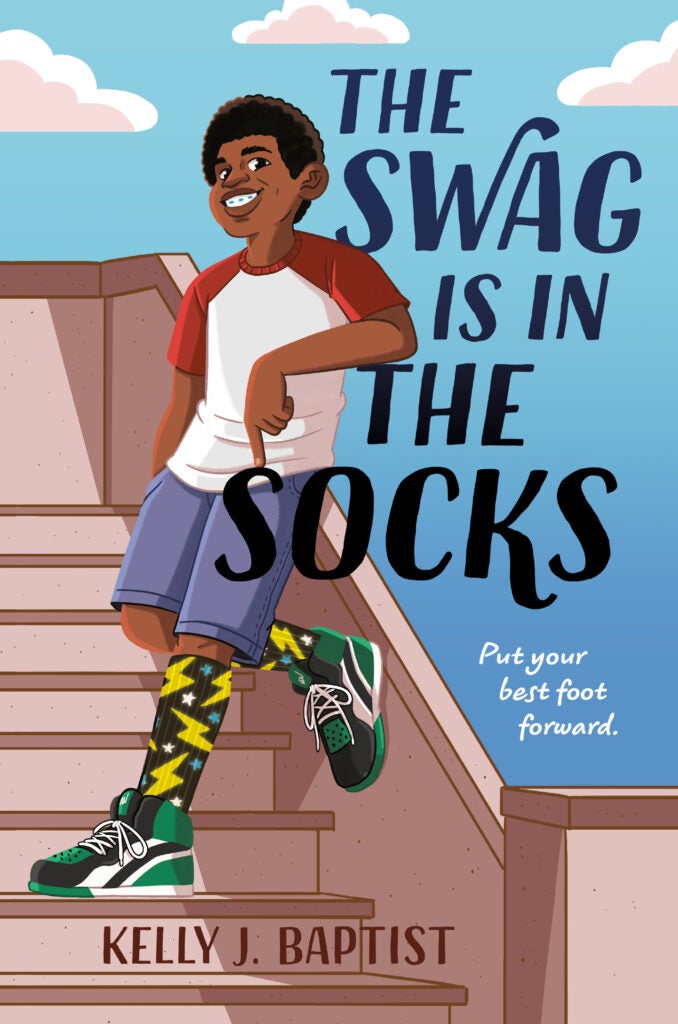
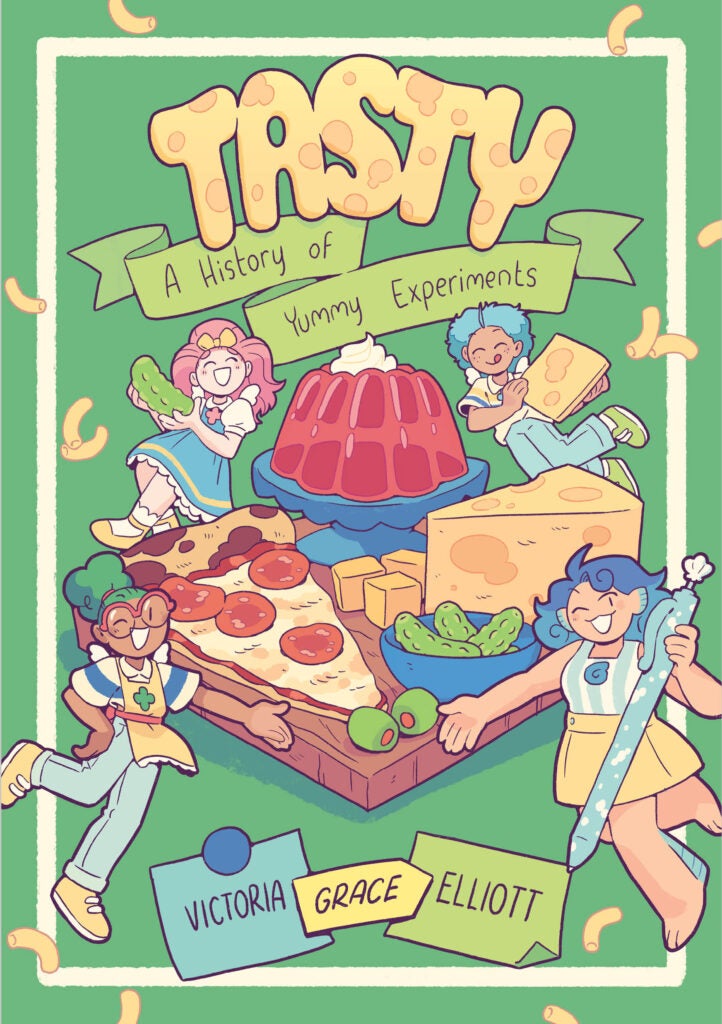
Tej Parker: Expert engineer and mechanic Tej Parker (Chris ‘Ludacris’ Bridges) is the definition of where brainy meets the street. And that describes Javari to a ‘T’ in Holler of the Fireflies by David Barclay Moore. Javari is a boy from the hood in Brooklyn who travels to a STEM camp in an Appalachian holler for one epic, life-changing summer. We can’t say if Tej has ever been to a holler, but he’s found himself in Antarctica, which is even more of a fish out of water story.
Roman Pearce: The handsome and self-assured Roman Pearce (played by former model and R&B singer Tyrese Gibson) is all about confidence, even if it’s unearned. That’s why he should read Kelly J. Baptist‘s The Swag Is in the Socks, about an introverted twelve-year-old who is challenged by his great-uncle to become more suave and confident. The Swag Is in the Socks is all about finding the strength to be who you fully are – and you just know a man who wears collared muscle shirts has found that.
Han Lue: The character of Han (Sung Kang) has been on a wild journey, first appearing in a non-Fast and Furious movie, Better Luck Tomorrow, then starring in Tokyo Drift, joining the family, dying, then coming back to life. But no matter what Han is up you, you can be sure he’ll be snacking. That’s why we’re recommending the graphic novel Tasty: A History of Yummy Experiments by Victoria Grace Elliott. A nonfiction comic about how things like cheese, pickles, pizza, and soda were all invented, it’s perfect reading for when Han is noshing.
YOUNG ADULT


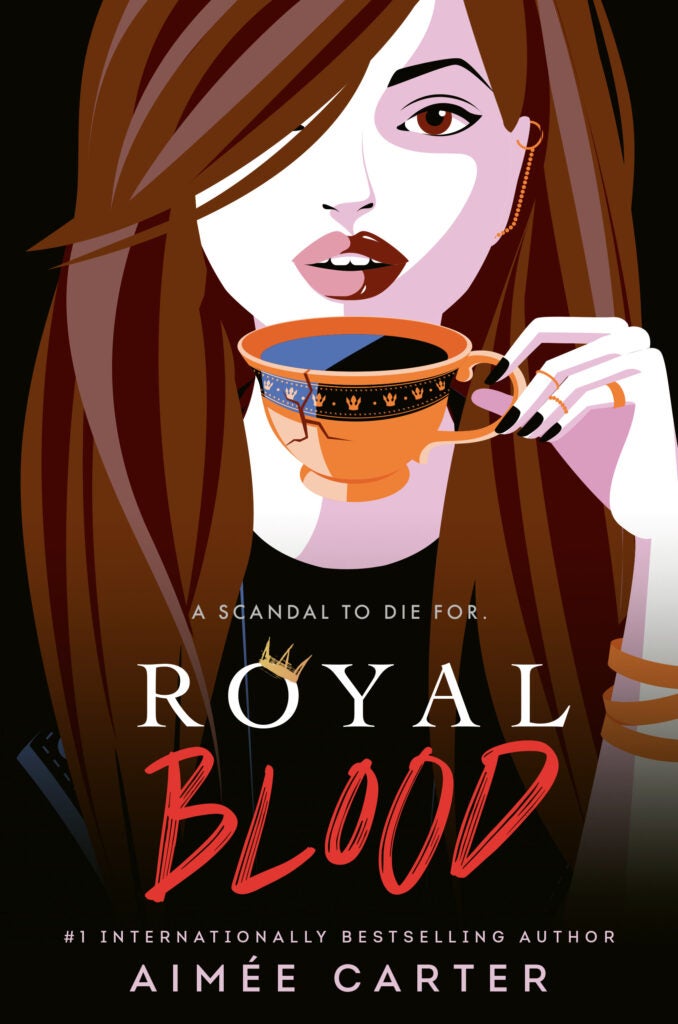
Letty Ortiz: Tough-as-nails street racer Leticia ‘Letty’ Ortiz (Michelle Rodriguez) has at times been on both sides of the law and even worked (during a period when she had amnesia) against Toretto’s crew. (And now they’re married – go figure.) Letty might see a little of herself in Julia in the novel I Am Not Your Perfect Mexican Daughter by Erika L. Sánchez. Like Julia, Letty grew up in a Mexican American home and her life has been defined by car accidents. And while we don’t know what Letty’s parents had in mind for her life, it’s probably safe to assume it wasn’t becoming a drag-racing, heist-pulling, international super spy.
Cipher: Speaking of heists, ruthless cyber-terrorist Cipher (Charlize Theron) appears to be back in Fast X, and there’s nothing the manipulative criminal likes more than a heist that employs her computer genius. So, we’d recommend Cipher read Immoral Code by Lillian Clark. A fast-paced crime novel about five teens determined to hack into one billionaire absentee father’s company to steal tuition money so a friend can go to MIT, it sounds like the sort of caper teen Cipher would have concocted.
Deckard Shaw: Former British military officer turned mercenary, Deckard Shaw (Jason Statham) is the eldest son of a crime family who has butted heads with Dominic Toretto before becoming a loyal member of the crew. Murder and scandal in England make us think of Aimée Carter‘s Royal Blood. And while the Shaws are far from royalty, they are a British family of influence with more than a little blood on their hands. (No matter how many infants Deckard saves.)
